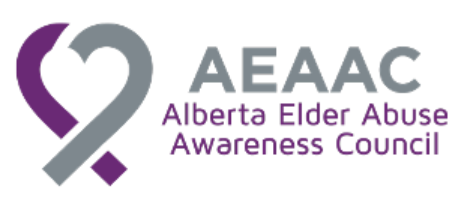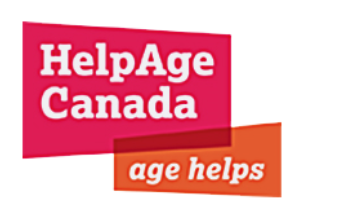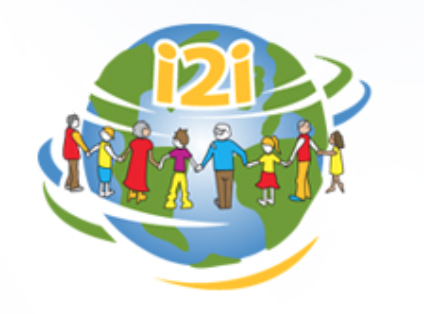Congratulations!
You’ve taken the first step to writing a feature blog for the Canadian Network for the Prevention of Elder Abuse (CNPEA). This is an opportunity to share your knowledge on a topic of interest to network members.
Our mission is to:
- Connect people and organizations;
- Foster the exchange of reliable and useful information; and
- Advance program and policy development aimed at preventing the abuse of older adults.
By contributing to this blog, you can raise the profile of your organization and share your own insights. You can also make useful connections and start important conversations with other network members.
These guidelines will help you write and submit your draft. The blog coordinator will let you know within two weeks if your draft needs tweaking and when it will be scheduled for posting.
We do not have a pre-set word limit. Instead, we encourage you to say what you need to say as concisely as possible. Remember that your blog post isn’t the final word on the topic. It’s an invitation to a bigger conversation. Here are our top five tips for getting published:
- Know your audience
- Use natural language
- Keep it short and simple
- Include real examples
- Invite connections
Know your Audience
The most important thing to remember is to write for the people you want to reach.
Who are they? What interests them? How does your story meet their needs?
The CNPEA membership is diverse. It includes lawyers, healthcare providers, social workers, community volunteers, and many others from across Canada. It’s important to tell your story in a way that people of different backgrounds can understand. Finding common ground is the starting point for building a lively network.
Use Natural Language
Write it the way you would say it in a conversation. Use language that your readers will understand, language that will help them share your ideas with their colleagues and allies.
Avoid jargon and technical terms, or explain the terms when they’re absolutely necessary. If you use an abbreviation, such as an acronym, spell it out in full the first time and put the abbreviation in brackets after the full spelling.
Be consistent with terms. For example, if you describe the same group of people as "specialists" and "practitioners" in the same article, readers might think you are talking about different people.
Keep it Short and Simple
Our members tell us they are busy and often overwhelmed by the amount of information they have to read in a day. And yet they are hungry for ideas they can use. Your message will stand out if it is clear and to the point.
- Keep the introduction short and get right to the important information.
- Focus on two to three key points. What do you want readers to remember? Emphasize that information to make it stick.
- Keep sentences short and simple, with one main idea per sentence. You can vary your sentence length, but a good average is about 15 words per sentence.
- Chunk your ideas into short paragraphs. Use a clear topic sentence at the beginning of each paragraph, and limit each paragraph to one topic.
Follow the topic sentence with details, examples, and explanation. A paragraph with more than five sentences is probably too long. Sometimes a one-sentence paragraph is just what you need to emphasize a point. - If you are familiar with reading levels, aim for Grade 6 or 7. This doesn’t mean you are talking down to your readers. It means you will avoid a big word when a smaller word will do the job. It also means you will limit most sentences to one main idea and no more than about 15 words. (This paragraph scores at a Grade 4 level.)
Use Real Examples
Real examples or believable scenarios help to create pictures in the reader’s mind. Experienced writers often open with a real-life example that hooks the reader’s attention. The example might come from direct experience or from a story reported in the news. Be mindful of privacy and confidentiality, and change personal identifying information, if appropriate.
Invite Connections
- Consider including links at the end or within the blog post where readers can get more information.
- End with a question or invitation for more conversation.
- Include your name; organization or affiliation; and contact information. Feel free to include a short bio to help readers remember and relate to what you are doing to stop elder abuse.
And Finally…
Suggest a headline and subheadline. But don’t fret over it. It’s an art. A good headline should have at least two relevant cues to readers—for example: “New public education program in Saskatchewan.” Since our network is national, it’s helpful to name your region and the category of information. We’ll fine-tune your headline for maximum impact.
If possible, provide logos, illustrations and photographs that can be included with your blog post. These should be high-resolution JPEG images. Also provide information that can be used to create captions or explain the attachments.
Writer’s block? Here are some questions to help you get started
Sometimes getting started is the hardest part. Some bloggers use a Question & Answer format to help them organize their ideas. Use it if it works for you, but feel free to gather and present your information in other ways. If you are going to use the Q&A format, keep the questions as simple and short as possible. Think about the key points you want to share and then develop questions to provide structure for your blog post.
Here are some questions to inspire you. Choose just a few, or develop your own:
- What is the project’s objective?
- Who are you trying to reach?
- Which resources were most useful?
- What feedback did you get from participants?
- What is different about the approach you are taking?
- Which approach was most effective?
- What challenges did you face?
- What did you learn through this approach?
- How do you plan to sustain this initiative?
- What advice would you give to others who want to try this approach?
- What role did volunteers play?
- How did you promote your workshop?
- How did you develop community partnerships?
- Is there anything else you would like to share
Happy blogging!
E-mail your submission to
Put “blog post” in the subject line.
Attach the text as a Word document and attach images (logos, illustrations, and photographs) in high-resolution JPEG format.

















